Moon Landing Memories
September 12, 1962
Along with the rest of my 400-member freshman class and 40,000 others, I was present in Rice Stadium when President Kennedy gave this 18-minute speech.
It was O-Week, Orientation for new Rice Owls. Steve was there, too, though I hadn’t met him yet. A seasoned sophomore, he had volunteered as an O-Week adviser, so he could check out the new crop of female students (Rice’s ratio of males to females was then 4:1). Now in 2019, he remembers how hot that day was. What I remember is how optimistic and inspiring Kennedy’s words were.
But why, some say, the moon? Why choose this as our goal? And they may well ask why climb the highest mountain? Why, 35 years ago, fly the Atlantic? Why does Rice play Texas?” We choose to go to the moon. We choose to go to the moon in this decade and do the other things, not because they are easy, but because they are hard.”
Kennedy’s words have echoed in my memory. Whenever my life got “hahd”, I would remember what he said that day and try to maintain that forward-looking attitude.
July 1969
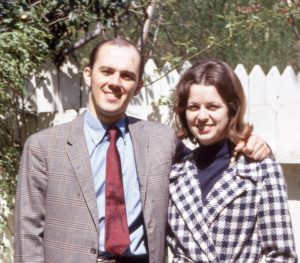
Seven years later, Steve and I were living in Georgetown. On the evening of July 20, we welcomed our friend Carolyn, my former Rice roommate, and her husband David, who had driven all the way from Tucson, Arizona. Both had recently graduated from University of Texas Law School and were to start government jobs the following week. “Should we bring in the clothes hanging on the rod across the back seat?” they asked.
“Oh, I know you must be tired,” I replied. “We’ve lived here six months and found this neighborhood pretty safe.” We gathered around our 13″ black-and-white television and saw Neil Armstrong step on the moon at 10:56 pm. We watched until he and Buzz Aldrin planted the flag. It was thrilling! I finally went to bed at 1:00 am.
The next morning, Carolyn discovered that almost all their clothes had been stolen. Thieves had broken into their car. Carolyn’s mother had made some of her dresses by hand, so that her daughter would look really sharp in the General Counsel’s Office of the Department of Transportation. All I could do was take her shopping for new clothes and charge them to my recently-acquired credit card. My first lesson from Apollo 11? Don’t be so trusting! Thankfully, we’re still friends.
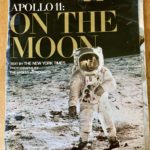 That summer I bought this special issue of Look magazine and have kept it for fifty years. Inside the fold-out cover Look published a painting they had commissioned by Norman Rockwell, portraying some of the key figures involved. “Behind Apollo 11” now hangs in the National Air and Space Museum in DC. I don’t know how these individuals were selected from the 400,000 workers that NASA says made the Moon Landing happen. Except for three women at the lower right, they are all men and mostly white-skinned. The three women are identified only by their husbands’ names: Mrs. Armstrong, Mrs. Aldrin, and Mrs. Collins.
That summer I bought this special issue of Look magazine and have kept it for fifty years. Inside the fold-out cover Look published a painting they had commissioned by Norman Rockwell, portraying some of the key figures involved. “Behind Apollo 11” now hangs in the National Air and Space Museum in DC. I don’t know how these individuals were selected from the 400,000 workers that NASA says made the Moon Landing happen. Except for three women at the lower right, they are all men and mostly white-skinned. The three women are identified only by their husbands’ names: Mrs. Armstrong, Mrs. Aldrin, and Mrs. Collins.
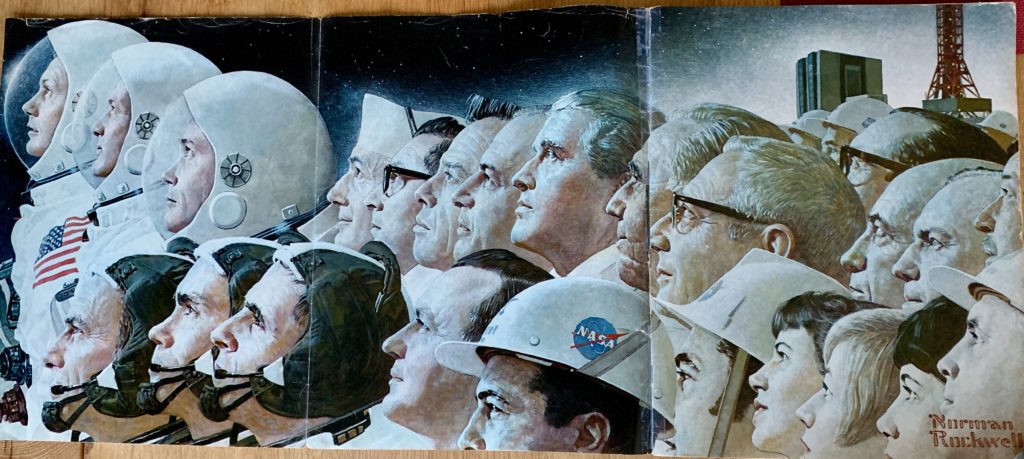
July 9 – 12, 2019
Last week Steve and I spent three nights watching a six-hour PBS special, Chasing the Moon.
Together we reflected on the successes and failures of NASA missions. We remembered the three Astronauts killed when fire engulfed the capsule of Apollo 1 and the Challenger disaster which claimed the lives of teacher Christa McAuliffe and six others in 1986. We remembered the 1995 movie, Apollo 13, written by my Rice classmate William Broyles and Al Reinert. In that mission, the astronauts cleverly avoided disaster.
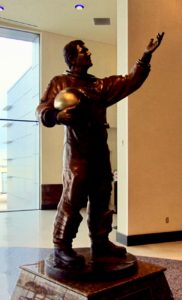 On February 1, 2003 the Columbia Space Shuttle exploded in the air over Texas. The Commander, Rick D. Husband, was born and grew up in Amarillo, Texas. When I returned to the Panhandle in 2012 for my 50th Phillips High School Reunion, I took a photo of Husband’s statue in the Amarillo airport. He gestures skyward to stars painted on the ceiling. A nearby plaque quotes President George W. Bush:
On February 1, 2003 the Columbia Space Shuttle exploded in the air over Texas. The Commander, Rick D. Husband, was born and grew up in Amarillo, Texas. When I returned to the Panhandle in 2012 for my 50th Phillips High School Reunion, I took a photo of Husband’s statue in the Amarillo airport. He gestures skyward to stars painted on the ceiling. A nearby plaque quotes President George W. Bush:
“The cause of exploration and discovery is not an option we choose; it is a desire written in the human heart…We find the best among us, send them forth in unmapped darkness and pray they will return. They go in peace for all mankind, and all mankind is in their debt.”
July 15 – 20, 2019

Daughter Lilli has a business trip to Seattle this week, so I’m here in Cambridge for “Camp Andma.” Violet and I, along with friends Elizabeth and Abby Sheldon, have spent a total of six hours at three Boston science museums, where celebrations of the 50th anniversary of the moon landing are in progress. At Harvard’s Museum of Natural History, the girls recognized this tardigrade and told me what they knew. Commonly known as a water bear, these micro animals can survive conditions no larger animal could, including outer space. All three girls, then aged 5 and 7, sang with their mothers in the North Cambridge Family Opera. During the 2018 Cambridge Science Festival they presented three concerts, singing songs about the Web of Life, including one about tardigrades. Singing imbedded facts in their brains!
The girls loved playing outside the Harvard Science Center. At the suggestion of Arlene Olivero, Elizabeth and Abby’s mother, we went inside the Center and saw an early forerunner of the computers that ultimately made the Moon Landing possible. My iPhone is far more powerful.
At Boston’s Museum of Science on July 19 we heard a speaker who represents a giant leap forward for women.
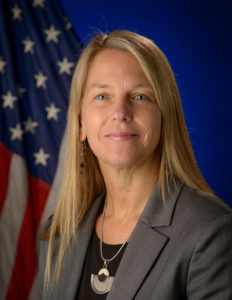
Dava J. Newman, Deputy Administrator, National Aeronautics and Space Administration (NASA), April 27, 2015 to January 20, 2017. Photo Credit: (NASA/Bill Ingalls)
Newman is now Apollo Professor of Astronautics and Engineering Systems at MIT. Among the many activities she directs is her lab’s alternative to bulky spacesuits–a skin-tight pressure suit that is stronger, safer, and allows far more freedom of movement. BioSuits are the future of space. MIT also uses Augmented Reality to assist NASA rovers on Mars to search more efficiently. She asked “How many of you know that over 4,000 Exoplanets have been identified?.” More than half of the audience of 100 raised their hands. Next she answered three questions:
- Are we alone in the universe? No
- Are there other habitable planets? Probably
- Is there life on other planets? Evidence of past life on Mars likely to be confirmed within the next decade
Displaying a color-coded chart that showed how early space travel disasters have yielded to safer missions, she concluded with her views on why Apollo had succeeded: Vision, Focus, Leadership, and a Generous Budget. She hopes that those qualities will buttress NASA’s missions to explore Mars and beyond.
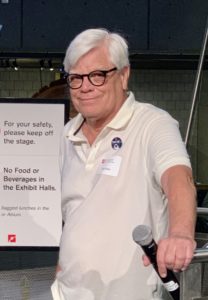
After lunch at the Museum of Science we heard Don Eyles, author of Sunburst and Luminary: an Apollo Memoir, discuss how he and other engineers at MIT developed technology that allowed humans to safely land on another world. He helped train several Apollo crews and got to know them. Though he termed the Apollo 11 crew “stand offish,” he marveled that they were cool enough to reboot their computer on the fly while landing on the moon (documented in the BBC movie below). Several contemporaries who worked with Don at MIT were in the audience. I chatted with some of them afterward, while the girls returned to working with other kids in a nearby design workshop. Their challenge was to build a model of a large, fully enclosed habitat for the surface of Mars that can collapse to fit inside a lander and self-deploy. They kept testing theirs and beating their previous records. What a terrific museum!
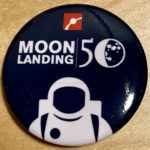
Driveway moment: On the way home from the Museum that afternoon, NPR broadcast a live interview with Dava Newman, whom we had just seen that morning. I was thrilled when, as we parked, Violet asked if she and her friends could stay in the car and listen to the rest of the interview.
8 Days to the Moon and Back
On the actual anniversary of the Moon Landing, July 20, Violet and I watched this BBC movie together. Told in the voices of the first men to set foot on the Moon, with actors playing their roles, it used declassified cockpit audio recorded by the astronauts and films from archives.
This movie included footage of Walter Cronkite’s commentary, including those moments when he couldn’t keep his emotions from showing. As Neil Armstrong and Buzz Aldrin worked/played for two hours on the moon, Cronkite observed that in 50 years, people would be telling their grandchildren about what we were seeing. And here Violet and I sat, watching those moments re-enacted! To bolster my own understanding and support her interest, I purchased a book for both of us.
More about Rice University and NASA
This Anniversary has provided Rice an opportunity to claim some credit. Here’s a communique I received recently:
Thanks to the reputation of Rice University faculty researchers (and the canny political maneuvering of two former Rice roommates), “Houston” became the first word broadcast from the surface of the moon.Rice University began its first research collaborations with NASA in 1959, just months after the agency was founded, but starting as early as 1958, Rice alumnus and board chairman George R. Brown ’20 was already hard at work behind the scenes, trying to make sure that Houston and Rice would play leading roles in the race for space.
In 1961, thanks in large part to Brown and his friend and former Rice roommate, Congressman Albert Thomas ’20, Houston’s transformation to “Space City USA” officially began when the city was named the site of the NASA Manned Spacecraft Center (now Johnson Space Center).
More details on this subject can be found in the Houston Chronicle Article Steve references in the Comments below.
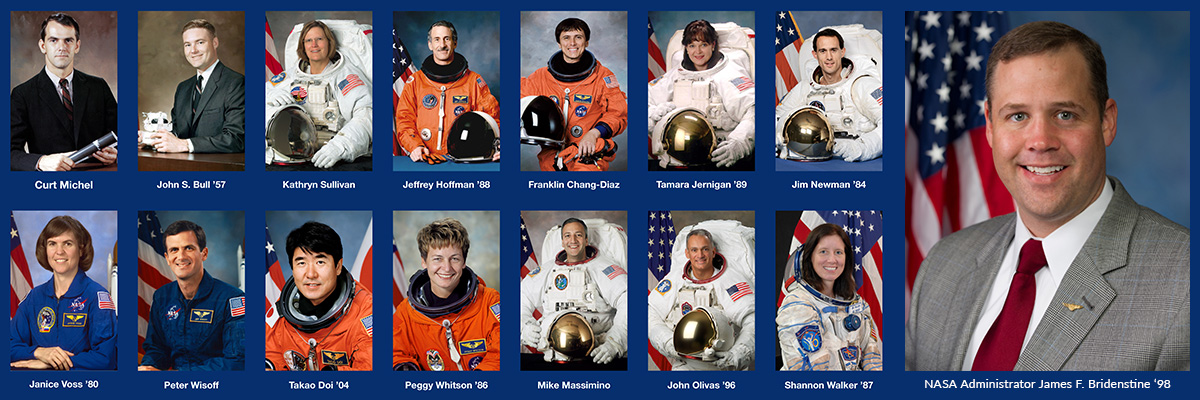
Bulletin: Just two days after the 50th Anniversary, Christopher Kraft, who orchestrated Apollo missions, died at age 95. Violet kept asking me who that guy was who seemed in charge of everyone at Mission Control.
Addendum: Five Women Who Made the Moon Landing Possible, see New York Times, 7-24-19. That “giant leap for mankind” happened thanks to plenty of women.”
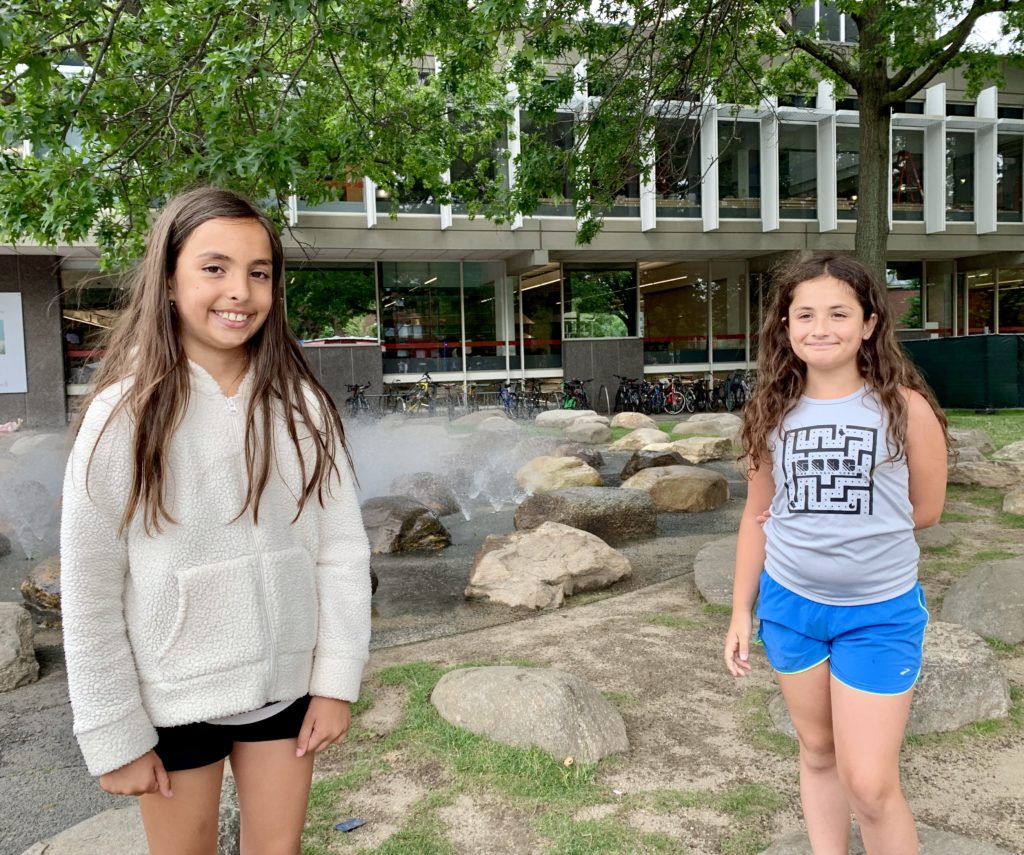

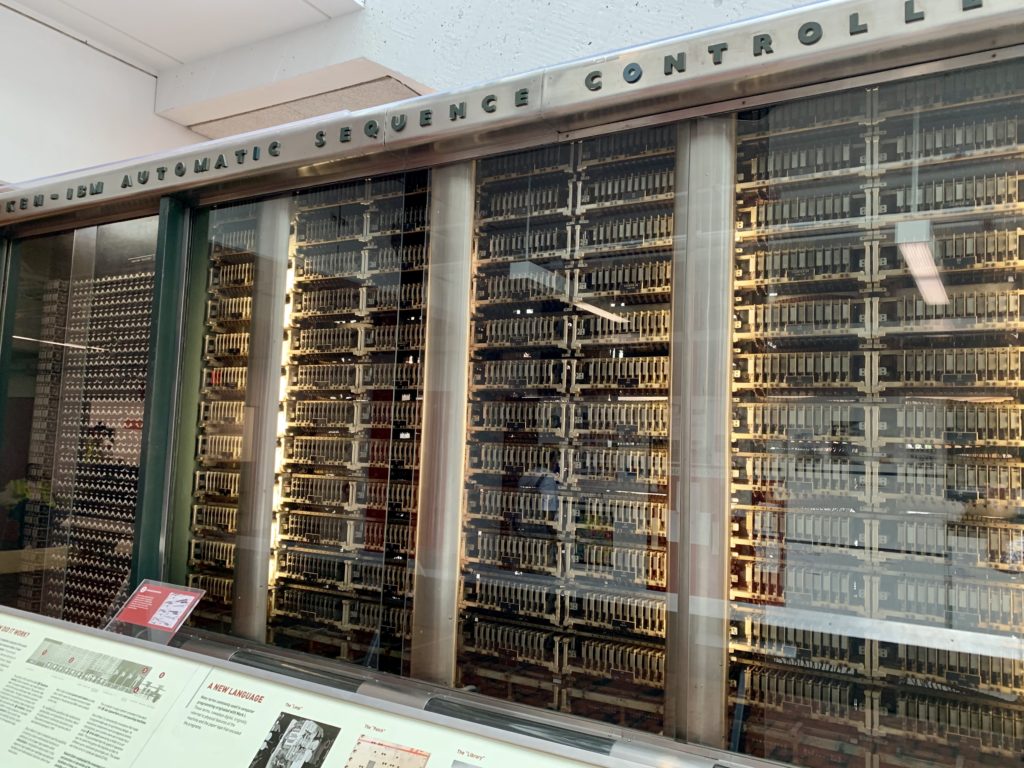

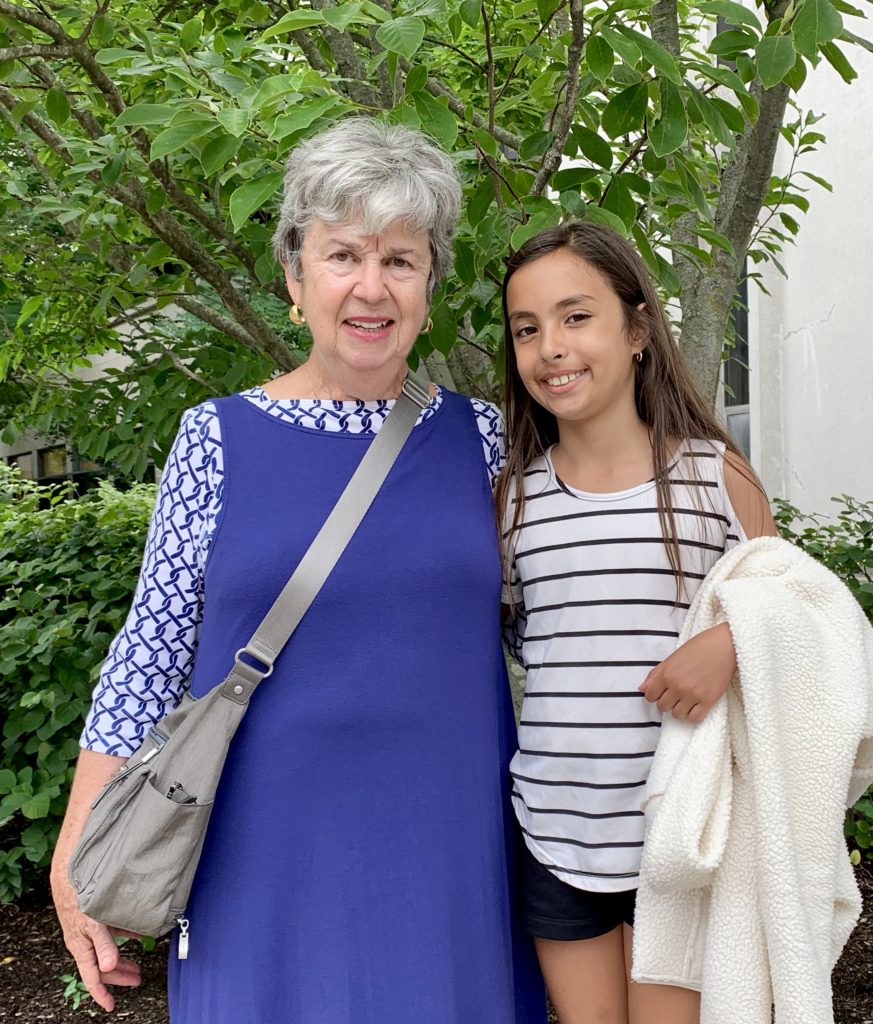

Leave a Reply